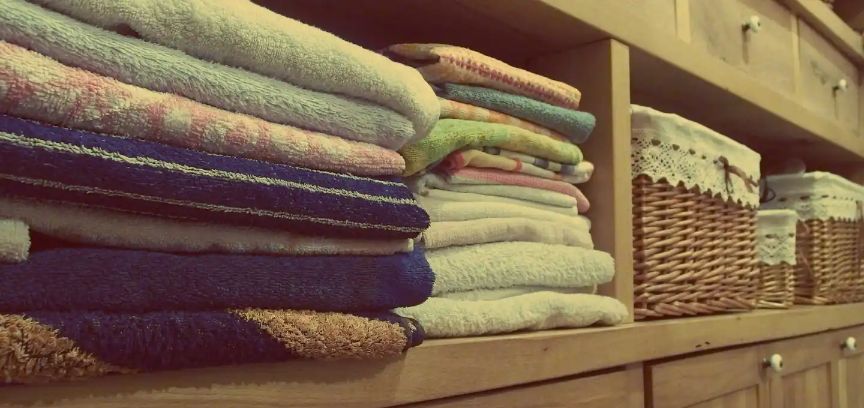Eco-Friendly Fashion: Sustainable Choices for Your Wardrobe
5 min read
26 Sep 2024
In a world increasingly conscious of environmental issues, eco-friendly fashion is gaining ground. Sustainable choices in clothing and accessories are not only trendy but also vital for preserving our planet. This article delves into the realm of eco-conscious fashion, exploring why it matters and offering tips on how you can make sustainable choices for your wardrobe.
1. The Impact of Fast Fashion
The fashion industry has long been associated with rapid production and disposal of clothing, often referred to as "fast fashion." However, this approach comes at a significant cost to the environment. The excessive use of resources, energy, and chemicals in the production of cheap, disposable garments contributes to pollution and waste. Eco-friendly fashion seeks to counteract this trend by prioritizing sustainability at every stage of the fashion lifecycle, from design to disposal.

2. Sustainable Materials
A key aspect of eco-friendly fashion is the use of sustainable materials. This includes fabrics made from organic cotton, hemp, bamboo, and Tencel, which are grown and produced with minimal chemical use and reduced water consumption. Additionally, recycled materials, such as reclaimed textiles and plastic bottles, are being creatively transformed into stylish clothing and accessories. Choosing garments made from these materials is a sustainable choice that helps reduce the demand for resource-intensive fabrics.
3. Ethical Manufacturing
Eco-friendly fashion extends beyond materials to encompass ethical manufacturing practices. Sustainable brands prioritize fair labor conditions and transparent supply chains. They ensure that garment workers are paid fair wages and operate in safe working environments. Supporting brands that uphold ethical standards is a way to promote fair labor practices and contribute to a more equitable fashion industry.
4. Durability and Timeless Design
One of the hallmarks of sustainable fashion is durability. Eco-conscious brands create clothing and accessories that are built to last. These items are designed with quality in mind, using techniques that enhance their longevity. Additionally, sustainable fashion often embraces timeless design, avoiding fleeting trends. Choosing pieces that stand the test of time reduces the need for constant replacements, ultimately reducing waste.
5. Secondhand and Vintage Shopping
A sustainable wardrobe doesn't always require buying new. Secondhand and vintage shopping are eco-friendly alternatives. By purchasing pre-loved clothing and accessories, you extend the lifespan of these items and divert them from landfills. Thrifting is not only budget-friendly but also an environmentally responsible way to refresh your wardrobe with unique, one-of-a-kind finds.
6. Minimalism and Capsule Wardrobes
Embracing minimalism and creating a capsule wardrobe is another sustainable fashion choice. By curating a collection of versatile, high-quality pieces that can be mixed and matched, you reduce the need for excess clothing. A smaller, well-thought-out wardrobe not only simplifies your daily choices but also reduces the environmental impact associated with overconsumption.
7. Clothing Care and Repair
Proper clothing care and repair play a significant role in eco-friendly fashion. Taking care of your garments, such as washing them with cold water and air-drying, can extend their lifespan. Additionally, learning basic sewing skills to mend minor damages or alter clothing to fit better can prevent premature disposal. Repairing and upcycling clothing is a sustainable way to keep your wardrobe fresh and functional.
Conclusion: A Sustainable Wardrobe for a Greener Future
Eco-friendly fashion is more than a trend; it's a responsible choice that aligns with environmental preservation and ethical values. By embracing sustainable materials, supporting ethical manufacturing, choosing durable pieces, exploring secondhand options, simplifying your wardrobe, and caring for your clothing, you can contribute to a more sustainable fashion industry. Your choices matter, and they have the power to shape a greener future where fashion coexists harmoniously with the planet.
More Articles

Steve Harvey Addresses Cheating Rumors: A Resolute Stand Against Gossip and a Focus on Positivity
4 min read | 02 Jun 2024

Jennifer Coolidge: A Captivating Journey Through 'The White Lotus' Actress's Enigmatic Charm in Photos
2 min read | 01 Jun 2024

Unveiling Adam Woolard: 5 Key Insights into Hannah Brown's Fiancé and Their Genuine Connection
2 min read | 31 May 2024